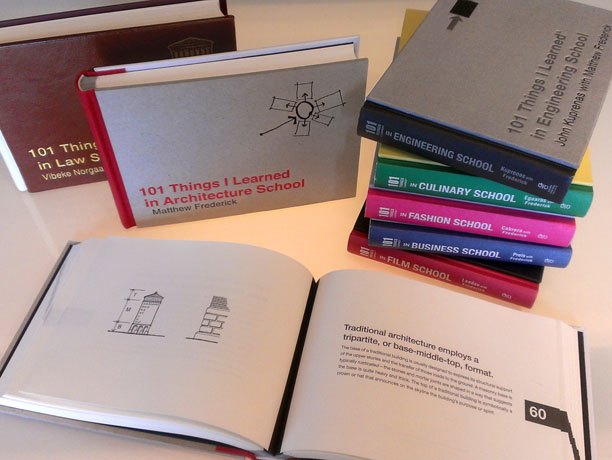Monel metal is a very hard alloy of nickel, copper, and iron. It is extremely corrosion resistant and is excellent for many wet applications. However, if not isolated from other metals in salt water environments, it can cause corrosion. In 1915, a ship was built with a hull entirely of Monel, with the expectation of exceptional durability. However, the 215-foot-long, 34 foot wide Sea Call had to be scrapped after just six weeks of use. While its monel hull was fully intact, the steel frame of the ship deteriorated beyond use from electrolytic interaction with the monel in the salt water environment.
Question: How much of an electrical current did the corrosion produce? Could it have lit a light bulb? Many light bulbs?
If you've ever built a lemon battery, you know that two different metals can pass electric current between each other when connected by a salt bridge. This works because of a chemical reaction that occurs when the metals are exposed to the ions in the salt bridge. In the case of the lemon battery, the metals are usually a copper penny and a zinc-coated nail, while the salt bridge is the lemon.1 In high school chemistry, you may have learned that this type of interaction is known as an oxidation-reduction or redox reaction.
In principle, I could look up the oxidation-reduction potentials for Monel and other common metals that appear in the sea, and from this I could calculate the number light bulbs one could light up. However, I'm in the middle of packing and moving to a new state, so, in the spirit of order of magnitude estimates, I'm gonna wing this a bit.
At 215 feet long and 34 feet wide, we have a surface area of at least 680 m2. A typical atom has a radius on the order of angstroms (~10-10 m), so there are roughly 1023 atoms directly in contact with the water. The corrosion must have been visibly noticeable, so I'm betting it ate through about a millimeter of the hull.2 This thickness is equivalent to roughly 107 atoms giving a total of about 1030 oxidized/reduced atoms during a six week time span. If each atom gave up one electron, you would have a total current of
(1030 electrons) · (1.6×10-19 coulombs/electron) / (6 weeks)
= 44 kA.
That's 44 kiloamperes of current. A normal 100 W bulb plugged into a standard 120V North American wall socket receives roughly 0.8 amperes of current. Distributed evenly, this could have lit about 55,000 light bulbs.
Thanks for a great question, Matt! You can find out more about Matthew Frederick on his website and blog. You can also check out the 101 Things I Learned series here.
[1] Fun Fact: Alessandro Volta, after whom the electrical unit the "volt" is named, is credited with inventing the first battery after allegedly using his tongue as the first salt bridge. I'm not sure how one makes a discovery like this. I can just imagine Volta saying in a Homer Simpson-esque voice, "Mmm...metal alloys. Ooooh."
[2] Note: This is a big assumption, which I'm not entirely sure is correct. The final answer can change dramatically depending on this number. For example, if the corrosion was only a micron deep, the final result will be about 55 bulbs. Feel free to play around with different thicknesses to see how many bulbs you could light.
EDIT: Matt just informed me that, "The steel frame corroded; the Monel was intact!" Doh!
EDIT: Matt just informed me that, "The steel frame corroded; the Monel was intact!" Doh!
Aaron Santos is a physicist and author of the books How Many Licks? Or How to Estimate Damn Near Anything and Ballparking: Practical Math for Impractical Sports Questions. Follow him on Twitter at @aarontsantos.


I certainly don't know the details of the ship and its corrosion but, having seen and dealt with a lot of corrosion related failures (emphatically NOT as a corrosion specialist) when I think of the ship I think in terms of very localized areas of severe corrosion rather than eating through the entirety of the hull at a uniform rate. I suspect that it would occur at those locations where structural support was in physical contact with the hull. Thus, it would be less widespread but, perhaps, 5 mm deep at those locations, tapering off to 0 mm. Also, per the question, the corrosion was not on the hull but on the steel structure supporting it.
ReplyDeleteBased on my experience with building structures, I'm going to speculate that 10% of the hull is in contact with the internal structure, so that (taking 2.5mm as the average of 0 and 5) your estimate is too high by a factor of about 4.